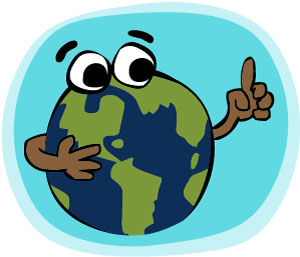- Natural Resources
Introduction to natural resources (NR)

Ever since the earth was inhabited, humans and other life forms have depended on things that exist freely in nature to survive. These things include water (seas and freshwater), land, soils, rocks, forests (vegetation), animals (including fish), fossil fuels, and minerals. They are called Natural Resources and are the basis of life on earth.
All these mentioned above are natural, and they exist in nature. No human created them. We tap into their supply to survive and also to function properly. Natural resources are all connected in some way. Therefore if one part was taken away, it would affect the supply or quality of all others. For example, if the water is eliminated from an area, the vegetation, soils, animals and even the air in that area would be affected negatively.
Below is a simple illustration of some great things that we get from some natural resources.

Natural resources can be consumed directly or indirectly. For instance, humans depend directly on forests for food, biomass, health, recreation, and increased living comfort. Indirectly forests act as climate control, flood control, storm protection, and nutrient cycling.
Raw materials
Sometimes, natural resources can be used as raw materials to produce something. For instance, we can use a tree from the forest to produce timber. The timber is then used to produce wood for furniture or pulp for paper and paper products. In this scenario, the tree is the raw material.
Every item in your home is produced from a raw material that came from a natural resource. The tea mug, electricity at home, bread, clothes, you name them: each of them came from a natural resource.
Natural resources come in many forms. They may be solids, liquids, or gases. They may also be organic or inorganic. They may also be metallic or non-metallic. They may be renewable or non-renewable.
